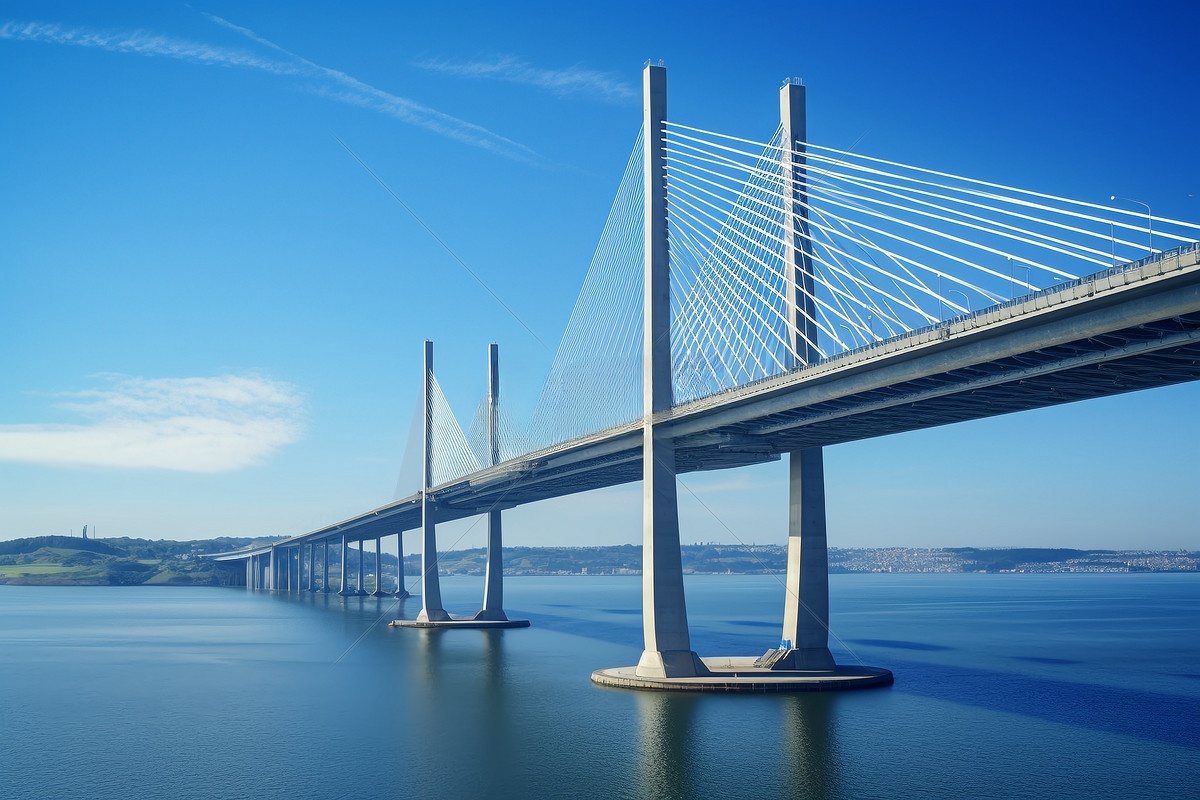Bridge cables are key structural components in bridge engineering, especially in the design of suspension Bridges and cable-stayed Bridges. They usually consist of multiple strands of high-strength steel wire that are twisted together in a specific pattern to form a cable. These cables are tensioned and fixed to the bridge tower according to the engineering requirements, transferring and supporting the load of the bridge floor through the anchoring system.
The design of the cable must take into account the mechanical properties, weather resistance and corrosion resistance of the material to adapt to different environmental conditions and service life requirements. In the manufacturing stage, there are extremely high requirements for the manufacturing accuracy of the wire rope, including the control of diameter, lay, strength and elongation. During installation, the tensioning of the cable is crucial, requiring precise control of tension to ensure the stability and safety of the structure.
Maintenance of bridge cables is also critical, including regular inspections and assessments to ensure that their performance is not compromised. With the development of new materials and new technologies, bridge cables are becoming more efficient and durable, while paying more attention to environmental protection and economic cost optimization.

